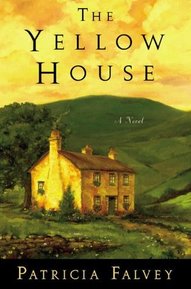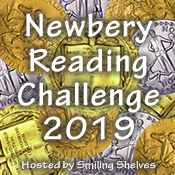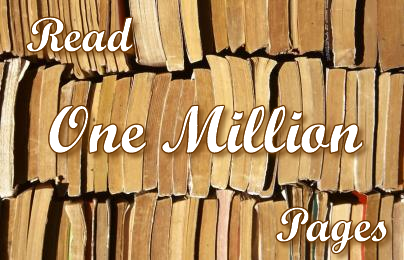
Before I traveled to Ireland in 2007, I did a fair amount of reading about the Irish struggle for independence from Britain in the 1910s and 1920s. The Yellow House provided me with a viewpoint that I hadn’t considered before. Eileen lives in Ulster, the area we now know as Northern Ireland. This area is heavily Protestant (which is why they are still part of Great Britain), but Eileen was Catholic. The Catholics in the southern part of Ireland wanted independence from their British overlords after centuries of oppression. But the Protestants in Ulster still wanted British protection, since they were afraid of the Catholics. And where does that leave you if you are a detested Catholic in a Protestant area, soon to be cut off from the rest of newly-independent Ireland? No wonder Eileen was so conflicted in every aspect of her life.
Eileen is a difficult character to love. She’s very prickly to everyone around her, constantly running her mouth and avoiding friendships. But she had an incredibly hard life, and it’s not too difficult to feel sorry for her and to desperately want a happy ending for her. There were times in this story when it was hard to tell the author’s purpose – is the focus the history of Ireland, or is the focus Eileen’s story? If this had been consistently clear, I think I would have enjoyed the story more. As it was, I still learned quite a bit about Ireland from a perspective I wasn’t expecting. Any book that causes you to think about something from a different angle is a good one.






 RSS Feed
RSS Feed







